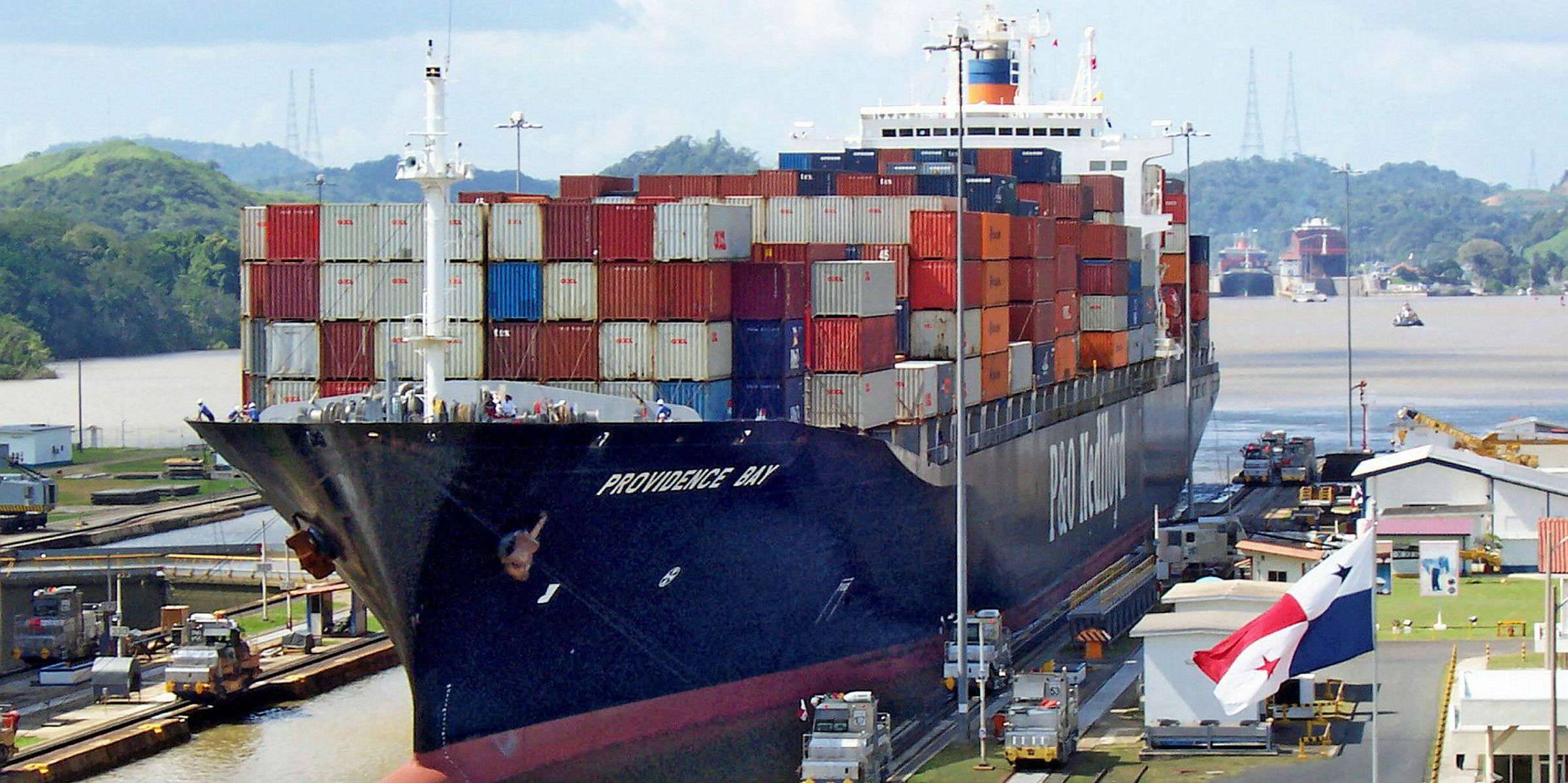Climate change is about to hit seaborne container trade in the Panama Canal.
The Panama Canal Authority has unveiled another round of draught restrictions as rainfall declines and temperature increases falling water levels of Gatun Lake.
The lake, the main source of water for the canal, has been at a historically low water level, with 2019 turning out to be the fifth driest in 70 years. Climate change is widely blamed for the situation.
The canal authority said the transit of the third locks will be subject to a draught restriction of 13.87 metres from 30 March.
Vessels with larger draught may still be allowed to transit if water levels are high enough at the time of passage.
“Otherwise, they will be required to trim or offload cargo in order to be allowed to transit,” the authority said in an advisory.
Since its commission in 2016, the third locks have been most popular among container, LNG and LPG shipping companies.
The $5bn expansion project has created new trade lanes for VLGCs, large LNG carriers and containerships.
While VLGCs and larger LNG carriers generally have draught below 13 metres, post-panamax and neo-panamax boxships are expected to be affected by the new restriction.
Banchero Costa’s research head Ralph Leszczynski said the trades between Asia and the East Coast of US, between the East Coast of US and the West Coast of South America, and between the West Coast and East Coast of South America could be hampered.
Bigger ships
“Container trades have steadily shifted to larger and larger vessels to take advantage of economies of scale, and the Panama Canal expansion has been done largely for their benefit,” Leszczynski said.
Tankers and bulkers are unlikely to be affected by the draught limit.
“VLCCs are too large to cross the Panama Canal anyhow…[Suezmaxes] rarely go anywhere near Panama,” Leszczynski said.
“For bulk carriers, the main trades which regularly use the Panama Canal are grain exports from the US Gulf to Asia, but these usually use supramaxes or standard panamaxes with limited draught.”
In a similar move announced earlier, the authority has reduced lock availability and hiked overall transit fees for all locks since 15 February to reduce the amount of water used in canal operations.




